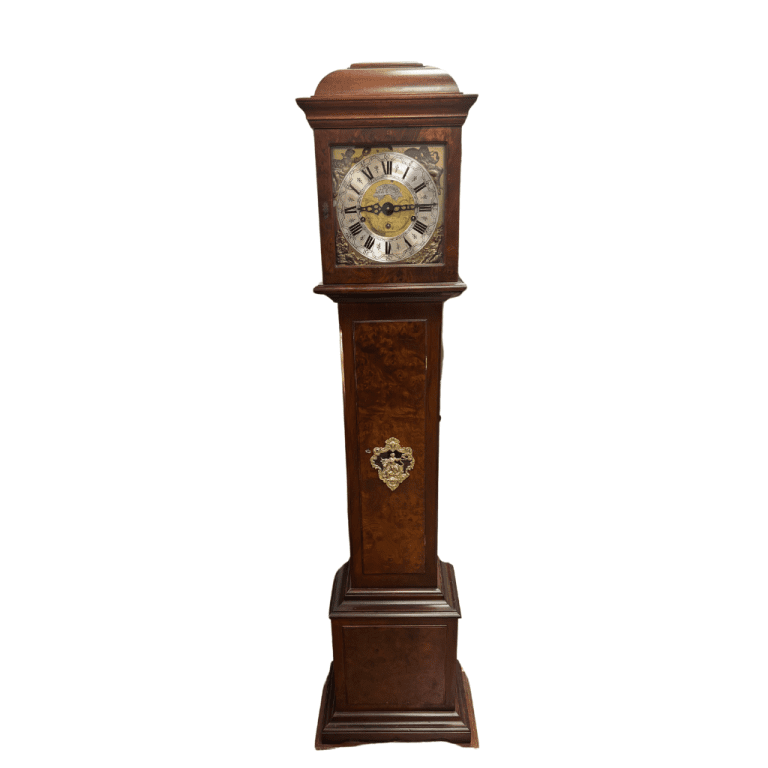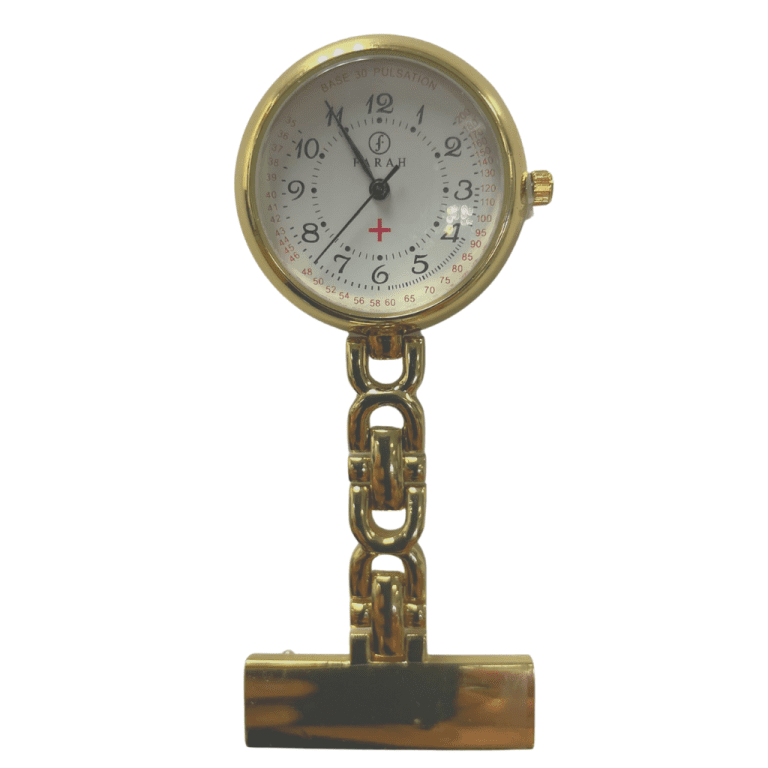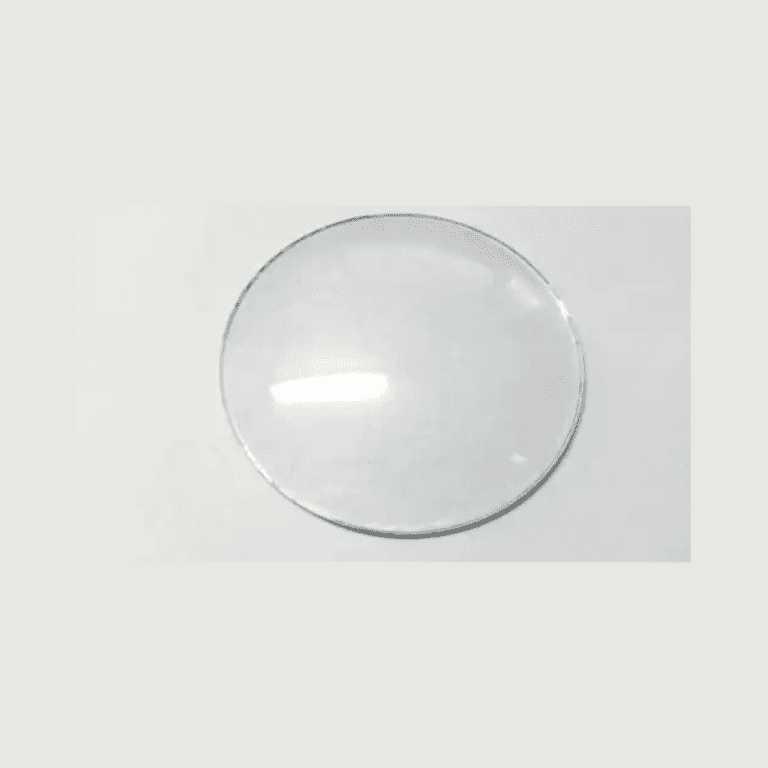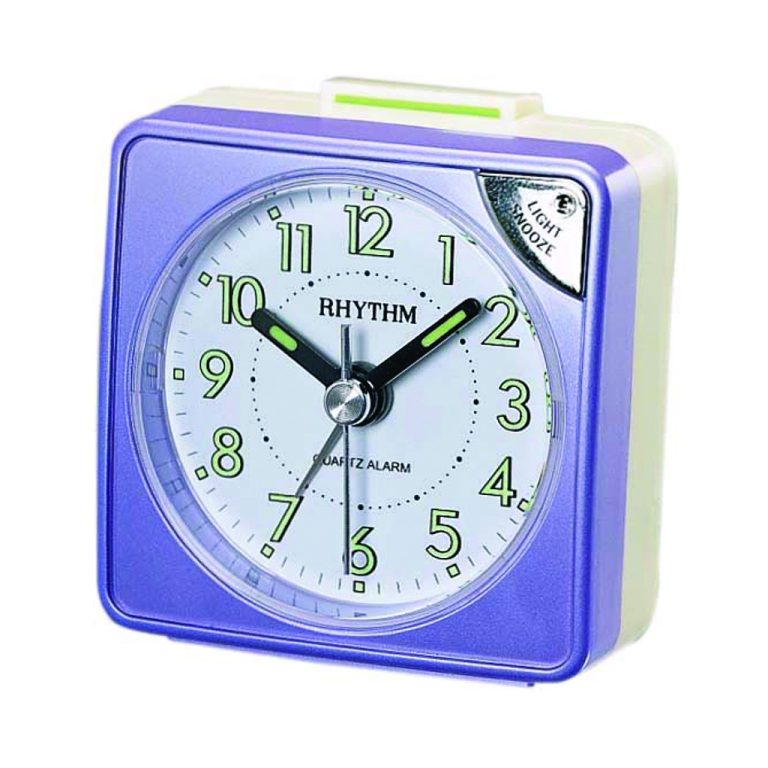Ever wondered how to wind a watch? Winding a watch may appear to be a simple task. It‘s not so simple if you want your timepiece to function properly and enjoy a long life. Here are a few things to keep in mind.
How you wind your watch depends on the type you have as different calibers require different methods. Watches you need to wind have mechanical movements that are either automatic or manual. A spring is powered through winding, or also by a rotor disc in the case of automatic movements. As it unwinds, the spring drives the watch.
Winding a Manual Watch
Let’s begin with manual-winding watches. Many manual watches have power reserves of up to 48 hours but can last both longer or shorter. For optimal performance, it’s best not to wait until the watch stops but rather wind it once daily.
Take the watch off your wrist. This may seem unimportant but it’s not. With your arm at an angle, putting uneven pressure on the watch stem could cause damage and that’s less likely to happen if you have the watch firmly in your hand.
Grasp the crown using your forefinger and thumb. As different watches have different stem settings, you will have to learn which is the winding position. As you pull out the crown and feel the clicks, you will most likely go through the settings for the calendar, time or alarm before arriving at the setting for winding. Wind clockwise until you can feel resistance and stop when you have heavy tension. Over-winding could cause damage. While the number of turns varies from watch to watch, anywhere from 20 to 40 turns should do it. Gently press the stem back to its original position.
Winding an Automatic Watch
How to wind a watch that’s automatic? Automatic movement differs from manual in that a rotor powers the watch rather than just a self-wound spring. Even though they’re “automatic,” these watches will lose their power if not worn often.
As you would with a manual watch, gently pull out the crown to expose the stem. Exercise caution as the stems of automatic watches are connected to a variety of mechanisms that could break with rough treatment. About 20 spins should do the trick. Again, like manual movement, expect the power reserve to last for about 48 hours.
The advantage automatic watches have over manual timepieces is that they self-wind when worn. The movement of the wearer’s wrist triggers an oscillating rotor that spins and powers the mainspring.
Is a Watch Winder Right for Me?
But the best way to wind an automatic watch is not to wind it at all. Consider getting a watch winder!
As you’ve probably guessed from its name, a watch winder is a device that winds watches. It’s a simple enough principle. These devices put watches into motion and in turn put the movement’s rotor in motion. A winder continuously maintains your watch, so you don’t have to! They also guard against damage that could be caused by infrequent use. Just strap your watch onto the cuff, a padded cylinder, slip the cuff into the winder box, and press “start.” The electric motor does the rest and your now-rotating watch will soon be wound.
While they all more or less do the same thing, not all watch winders are equal. And most watch winders actually serve dual purposes: as both a winder and a display case. Watching your timepieces spin with fluid motion can be a thing of beauty! So, which winder should you choose? That depends on the type of watch owner you are.
If you have just one windable watch or a small collection, a single-watch winder might be your best option. You can keep things basic with affordable choices such as the CHIYODA Single Watch Winder, featuring a handmade wooden case with a high-gloss finish and ample glass window. Or go more high-end with a choice like the WOLF Roadmaster, which offers more flexibility with the option to set the exact number of daily rotations and the ability to fluctuate between clockwise, counterclockwise, and bi-directional movement.
If you have a large collection and want a winder that will serve as a display case, a multiple watch winder is right for you. As varied and elaborate as watch collections themselves, multiple winders can be grand affairs with wide glass windows, fine finishes, and display illumination. Four, six and eight-capacity watch winders are popular, notable choices including the JQueen Watch Winder on the more-affordable end and upscale multiple watch winders such as the Volta Cambridge Watch Winder. You can also think about security when considering a watch winder: some double as safes! Manufacturers including Brown Safe use military-grade armor to make safes for jewelry and watches that will also wind your timepieces.
How to Use a Watch Winder
If your watch isn’t powered up, you should manually wind it before placing it into the winder. Always choose the lowest-possible turns-per-day setting and it’s best to choose bi-directional so that you have multiple options for the rotation mode. Over a two-day period, you should occasionally power the winder on and off.
Now that you have more of an idea of how to wind a watch, maybe you’ll be more thoughtful when wearing a watch. So, don’t just grab the crown of your watch and give it some spins as it sits on your wrist. Consider the longevity of your prize timepiece and start properly winding your watch.
Credited to: https://www.watchshopping.com/














